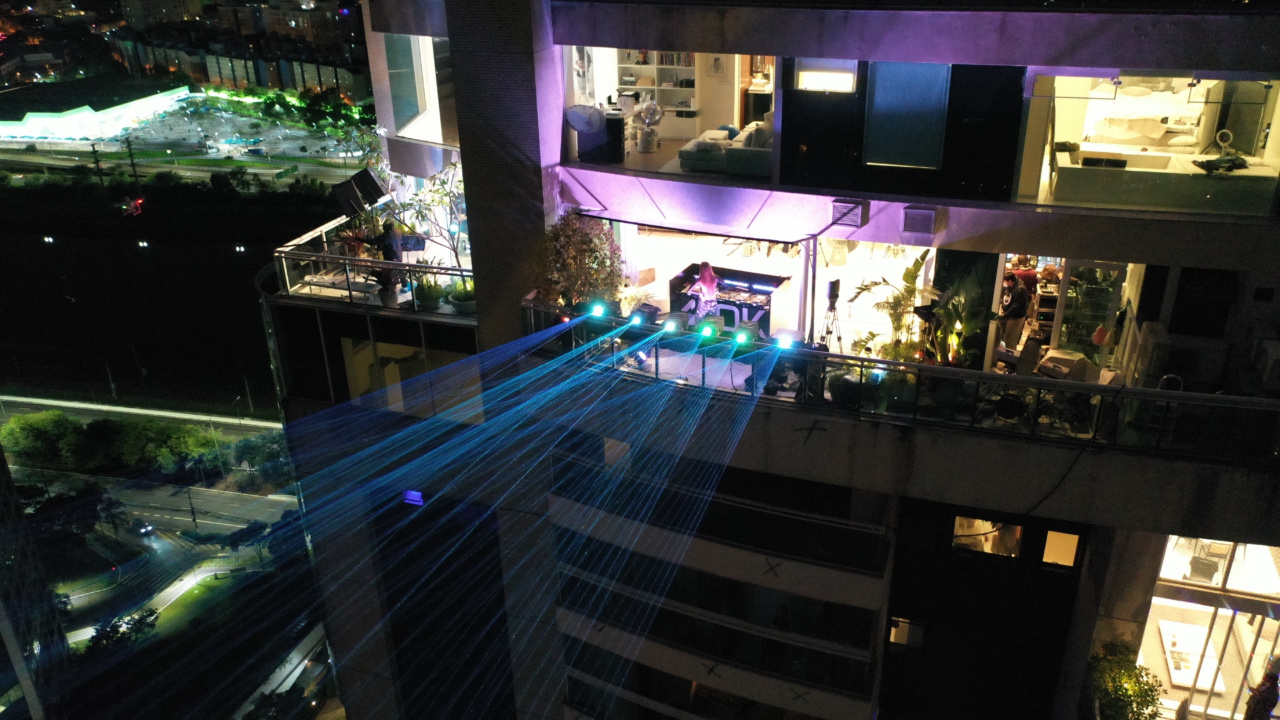In today’s digital age, most people spend countless hours in front of screens, whether it’s for work, leisure, or both. From computers to smartphones, tablets to televisions, these devices have become an integral part of our lives.
However, prolonged exposure to the blue light emitted by these screens has raised concerns about its potential harmful effects on our health. In this article, we will delve into the effects of blue light and explore the concept of Optical Computer Syndrome.
The Science Behind Blue Light
Blue light is a short-wavelength, high-energy light that is part of the visible light spectrum. It is naturally present in sunlight and helps regulate our body’s internal clock, known as the circadian rhythm.
However, the abundance of artificial sources of blue light, such as LED screens, has increased significantly in recent years.
When we are exposed to blue light, it enters our eyes and affects the retina. The retina contains light-sensitive cells called photoreceptors, which play a crucial role in vision.
Blue light can penetrate deep into the eye, reaching the retina and potentially causing damage. Additionally, blue light exposure can disrupt the production of melatonin, a hormone that regulates sleep and wakefulness.
The Effects of Blue Light on Sleep
One of the most significant concerns regarding blue light is its impact on sleep. As mentioned earlier, blue light exposure can suppress the production of melatonin, making it harder for individuals to fall asleep.
Many people have a habit of using electronic devices, such as smartphones or tablets, in bed before sleep. The blue light emitted by these devices can disrupt the natural sleep-wake cycle, leading to insomnia and other sleep-related issues.
Research has shown that exposure to blue light before sleep can delay the onset of melatonin production, making it difficult for individuals to feel sleepy at their desired bedtime.
This can lead to sleep deprivation, fatigue, and decreased cognitive function. Long-term sleep disturbances can have a profound impact on overall health and well-being.
Eye Strain and Digital Eye Fatigue
Excessive use of digital screens can also cause eye strain and digital eye fatigue, collectively known as Computer Vision Syndrome (CVS).
When we stare at screens for extended periods, our eyes must constantly refocus and adjust to the pixels, leading to strain and discomfort.
Blue light can also contribute to the development of dry eyes, as it reduces the blink frequency. Blinking is essential for keeping the eyes lubricated and moist.
When we focus intently on an electronic device, we tend to blink less frequently, leading to dryness and irritation.
Optical Computer Syndrome (OCS)
Optical Computer Syndrome (OCS) encompasses a range of symptoms related to prolonged screen time and blue light exposure. Along with eye strain and sleep disturbances, OCS can manifest in various ways.
These symptoms may include headaches, neck and shoulder pain, blurred vision, and general discomfort.
The increased reliance on screens for work, education, and entertainment has made OCS a commonplace issue. It is essential to be aware of the potential risks associated with prolonged screen time and take necessary precautions to mitigate them.
Preventing and Managing OCS
Fortunately, there are several measures individuals can take to reduce the effects of blue light and manage OCS:.
1. Limit Screen Time: Reduce the time spent in front of screens, especially before bedtime. Implement screen-free breaks throughout the day.
2. Use Blue Light Filters: Many electronic devices offer blue light filter settings that can be activated to reduce blue light emissions. Additionally, specialized blue light filter glasses can be worn to minimize exposure.
3. Adjust Screen Brightness: Dimming the screen brightness can help reduce the intensity of blue light emitted by the device.
4. Practice the 20-20-20 Rule: Every 20 minutes, take a 20-second break to look at something 20 feet away. This helps relax the eye muscles and prevent eye strain.
5. Ensure Proper Lighting: Avoid using electronic devices in dark or excessively bright environments. Optimal lighting conditions can help reduce eye strain.
6. Visit an Eye Care Professional: If symptoms persist or worsen, it is advisable to seek professional advice from an optometrist or ophthalmologist.
Conclusion
While blue light has become an unavoidable aspect of modern life, being aware of its potential effects and taking appropriate measures to protect our eyes and overall well-being is crucial.
By limiting screen time, utilizing blue light filters, and practicing good eye care habits, we can minimize the risks associated with blue light and Optical Computer Syndrome. Prioritizing our eye health allows us to continue benefiting from the endless possibilities of the digital world without compromising our quality of life.






























